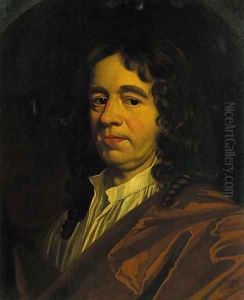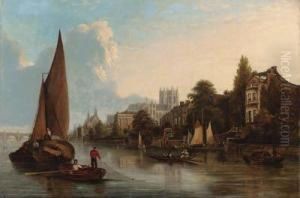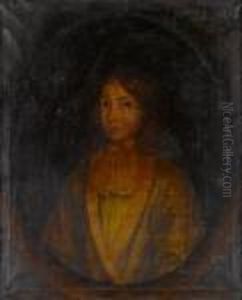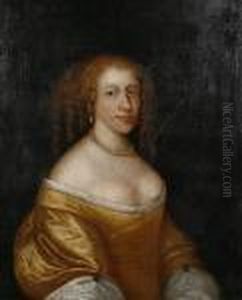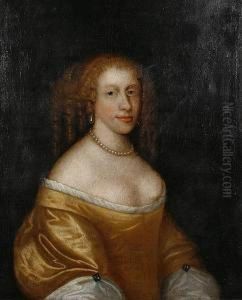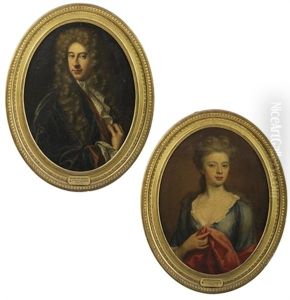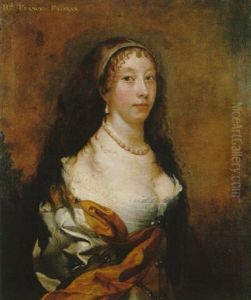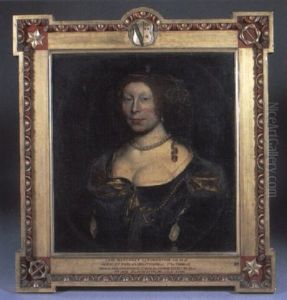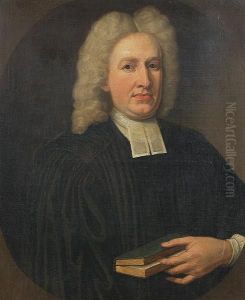John Scougall Paintings
John Scougall was a Scottish portrait painter who lived and worked during the late 17th and early 18th centuries. Born in 1645, Scougall's life and career were deeply intertwined with the cultural and historical context of Scotland during a period of significant political and social change. He was active during the Restoration period, a time when the monarchy had been restored after the Commonwealth period following the English Civil Wars.
Scougall came from an artistic family; his father, George Scougall, was also a painter, and it is believed that John received his early training from his father. This familial connection to the arts provided him with a foundation that he would build upon throughout his career. Although not much is known about his early life and training beyond his family influence, Scougall is known to have become one of the leading portraitists in Scotland during his lifetime.
His works mainly consist of portraits, and he is particularly noted for his depictions of Scottish nobility and gentry. His style is characterized by a certain straightforwardness and a focus on capturing the character and social status of his sitters. One of his most famous works is a portrait of the Scottish poet Allan Ramsay, which is often praised for its vivacity and the lively expression of the sitter.
Scougall's contribution to Scottish art is significant in that he provided a visual record of the important figures of his time. His paintings are valuable both as works of art and as historical documents that offer insights into the fashion, personalities, and cultural milieu of 17th-century Scotland. His work reflects the influence of the Dutch and Flemish portrait styles, which were prevalent in Britain at the time, adapted to the tastes and expectations of his Scottish patrons.
John Scougall's death occurred in 1730. By the time of his death, he had established a legacy as one of Scotland's foremost portrait painters of his era. His paintings remain in collections and are displayed in museums, serving as a testament to his skill and the rich artistic heritage of Scotland.
